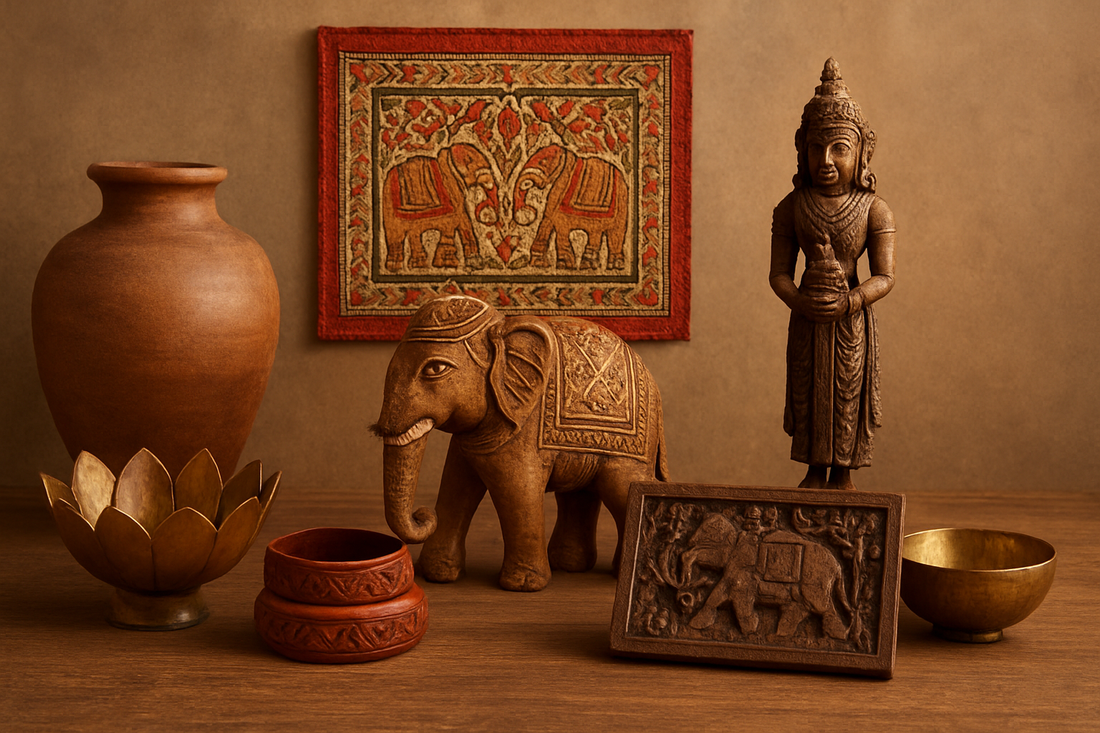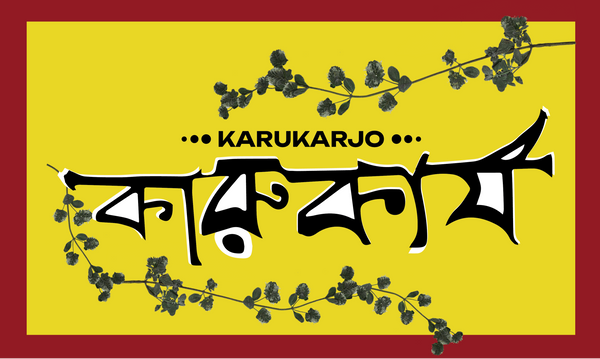
How to Identify Authentic Indian Handicrafts — Your Guide to Buying Genuine Treasures
Indian handicrafts are more than décor—they are living pieces of heritage. But in a market flooded with mass-produced imitations, knowing how to identify authentic Indian handicrafts is essential for every conscious buyer. This guide will help you recognize genuine craftsmanship, support local artisans, and invest in pieces that hold cultural and monetary value.
Why Authentic Indian Handicrafts Matter
Buying genuine Indian handicrafts is not just about style—it’s about sustaining communities, preserving centuries-old techniques, and owning a one-of-a-kind treasure. Whether it’s authentic Kashmiri handicrafts, a real Pashmina shawl, or authentic Rajasthani blue pottery, authenticity ensures you get the imperfect charm of handmade crafts and not a machine-made replica.
10 Proven Ways to Recognize Genuine Handicrafts
1. Check for Hallmarks & Certifications
- Look for authentic Indian crafts certification and the Seal of Excellence for Handicrafts (UNESCO).
- Handicraft GI tag recognition in India helps identify region-specific crafts like Pattachitra painting or Banarasi silk saree authenticity.
2. Examine the Craftsmanship
- Handmade craftsmanship quality checks reveal uniqueness—slight irregularities, varying patterns, and natural textures are signs of authenticity.
- Mass-produced items have perfect uniformity—avoid them.
3. Learn the Traditional Process
-
Understand traditional handmade process explained India for crafts like authentic Kalamkari technique or identifying Pashmina weaving authenticity.
4. Touch & Feel the Material
- Genuine heavy solid wood vs MDF craft furniture can be felt instantly.
- Real Bidriware vs fake—look for fine inlay work without peeling edges.
5. Look for Artisan Signatures
-
Many authentic crafts bear an artisan’s mark, signature, or hand-painted details—like genuine Madhubani painting identification.
6. Verify the Seller
-
Buy from trusted sellers of authentic Indian crafts, government-endorsed crafts India, or Indian handicrafts government emporiums.
7. Check for Sustainability & Ethical Practices
-
Ethical artisan crafts India use eco-friendly materials, zero-waste authentic craft products, and organic handmade products authenticity.
8. Know the Region-Specific Traits
- Real Phulkari vs machine Phulkari—hand embroidery is denser, with no visible knots on the back.
- Authentic Dhokra crafts—look for raw, textured bronze without artificial shine.
9. Ask for Proof of Origin
-
GI-certified crafts India like Etikoppaka toys or Ko ftgiri metal inlay carry official proof of their origin.
10. Trust Your Instincts
-
Genuine items have a warmth and individuality machine-made crafts lack. If it feels soulless, it’s probably fake.
Top Authentic Indian Crafts Worth Owning
- Pattachitra modern home décor from Odisha
- Phulkari embroidered cushions from Punjab
- Kantha quilt home styling from Bengal
- Kalamkari textile wall art from Andhra Pradesh
- Bidriware inlay home accents from Karnataka
- Blue pottery décor trends from Rajasthan
Each piece is not just a product—it’s a story.
Where to Buy Authentic Indian Handicrafts Online in India
To avoid fakes, purchase from:
- Karukarjo – Direct from artisans, with authenticity guarantee
- Indian handicrafts government emporiums
- Trusted marketplaces for Indian crafts with verification checks
Supporting Artisans = Supporting Culture
When you buy authentic, you:
- Support local artisans when buying
- Preserve craft traditions through authenticity
- Keep Indian crafts with cultural legitimacy alive for the next generation
Final Tip
Next time you shop, remember:
- Look for hallmarks of authentic Indian handicrafts
- Choose ethical buying authentic Indian handicrafts
- Share your purchase on social media using hashtags like
#AuthenticIndianCrafts #BuyAuthenticHandicrafts #HeritageNotImitation
Authenticity isn’t just a purchase—it’s a promise to keep India’s traditions alive.
